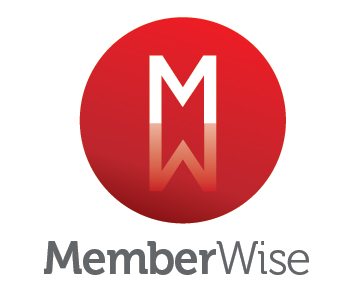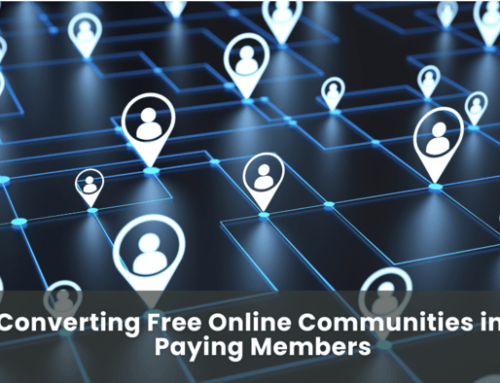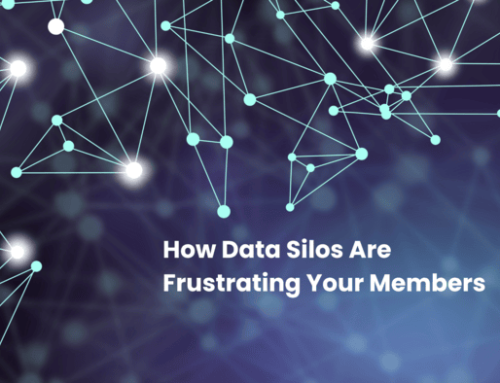For many membership bodies, the legacy systems that help run day-to-day business operations, for the most part, aren’t going anywhere.
We know how frustrating it is to be constantly told how bad and unagile your system is when it feels like there’s nothing you can do about it.
Despite contrary belief, it is acceptable to keep your organisation running smoothly and efficiently through legacy software, providing it meets certain functions.
One thing is must be able to do is integrate with newer systems and applications that your association demands. By integrating your systems and processes, you will no longer need to juggle multiple systems and manually transfer data.
We call this process system integration. It does what it says on the tin; it integrates everything and lets you connect anything.
First off, what exactly is a legacy system?
Wherever you look on the internet, you’ll see different descriptions of what a legacy system is. In essence, it is a system or software application that is based on older technology which is no longer supported by the vendor and still being used, despite upgraded versions being available.
A legacy system may be challenging due to problems with compatibility, obsoletion or lack of security support.
Why do organisations keep them?
“If it ain’t broke, don’t fix it!”
It could be as simple as that.
Your organisation may have been using your system since before you even joined, and it works adequately. So, what’s the point in changing? Especially if it deeply engraved in your organisation’s DNA.
There isn’t much of a point. But developing ways to allow for easy integration is vital if you want to keep your legacy system performing at its best and growing to meet business demand.
Why should I integrate my legacy and what does it involve?
According to Accenture, modernising legacy applications could release 15-35% infrastructure year over years savings and 30-50% lower maintenance and run costs.
The MemberWise Digital Excellence Report 2021 cited integration between websites and membership management systems as one of the highest obstacles getting in the way of organisations hitting their goals.
This is backed up by only 28% of bodies agreeing they had all their critical systems integrated according to the report.
Here’s some of the reasons why some of our clients integrate their legacy application:
- Reduce manual effort: old systems and processes tend to require a lot of re-entering data. This costs money and carries higher risk of mistakes. Using modern technologies like APIs, these processes can be automated to take away this repetitive, manual effort.
- Data accuracy: newer technologies have the capabilities for data validation and more reliable data input for more accurate data. Not to mention all the data your website captures; geography, membership levels, engagement levels, events attended- do you want to miss out on those opportunities?
- Improve efficiency: As well as the time spent from the points listed above, you’ll find your system runs quicker and smoothly; reducing the time spent on tasks.
- More informed decision: When running a legacy system, there is a good chance there is quality data lurking behind the scenes. And this can become the key to your next big success. You just need the ability to extract it and analyse it; this is what legacy system integration can do for your organisation.
- Increase member engagement: The Digital Excellence Report found member satisfaction, engagement and retention are some of the top priorities for membership organisations. Your legacy system will hold masses of historical data which is crucial for engaging with your members and analysing previous trends. Being able to integrate third-party software to your current system will improve the communication between you and your members.
- Reduce costs: Legacy systems can cost a business 10-15% more per year for maintenance alone. As well as spending less on running costs, integrating your legacy with third-party software provides major ROI benefits thanks to efficiency in data accuracy and access.
When trying to work out the value and organisational benefit of any such project, it’s best to quantify the results. For example, if your team spends X time searching and extracting data, the integration will save X time and freeing up X amount of time to work on projects A, B and C.
Another example could be your team spends X amount of time manually inputting member data into system A, where the same data then goes into system B. If you integrated these systems and configured them to automatically share data, you would free up X amount of time for your teams.
Is your organisation running a legacy system and has problems supporting it or integrating newer solutions? PSP IT is a Microsoft Gold partner specialising in Application Integration and Application Development. We have worked with membership bodies for more than 13 years, getting more out of their legacy systems and improving their processes. Contact us today and speak to our team of Microsoft Gold specialists.











Leave A Comment